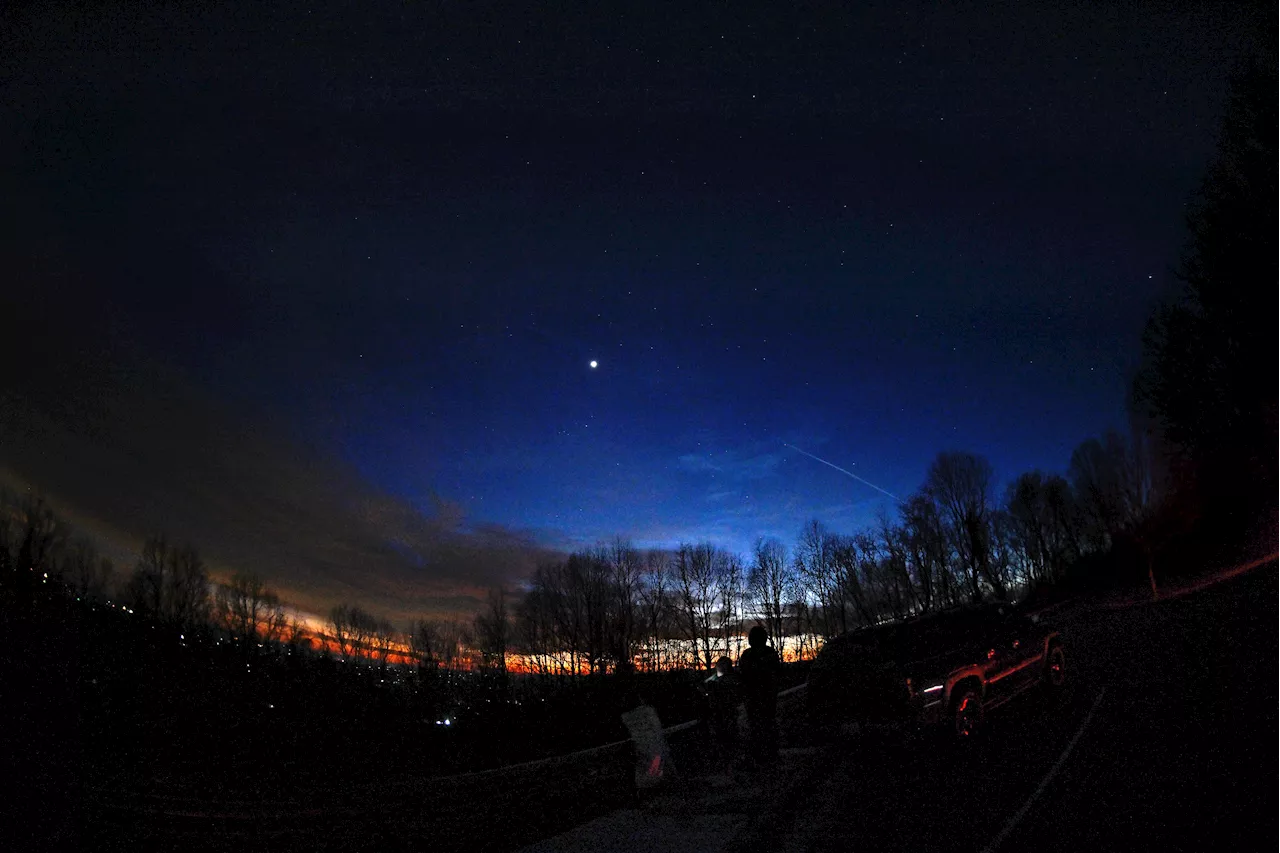Venus, Mars, Jupiter, Saturn and Mercury are all currently visible with the naked eye for skywatchers in the Northern Hemisphere.
The best time to see the planets is after dusk on a clear night in a spot that is away from city lights and other forms of light pollution.Like a celestial parade across the cosmos, five bright planets are lighting up the night sky and visible with the naked eye all February long — with two other planets also detectable for skywatchers with special equipment.
Venus is typically the easiest to spot in the southwestern sky because it tends to be the brightest. Saturn can be spotted almost directly below Venus, but the ringed planet will become increasingly harder to see as the month goes on and it sinks lower in the sky each day after sunset. To see Jupiter, look high up in the south at dusk. Mars, meanwhile, will appear about halfway up in the eastern sky.
Occasionally, all of the planets will be on the same side of the metaphorical racetrack, spread across the sky much like how cars can be positioned at different points along the same straightaway of a track, Faherty said.
United States Latest News, United States Headlines
Similar News:You can also read news stories similar to this one that we have collected from other news sources.
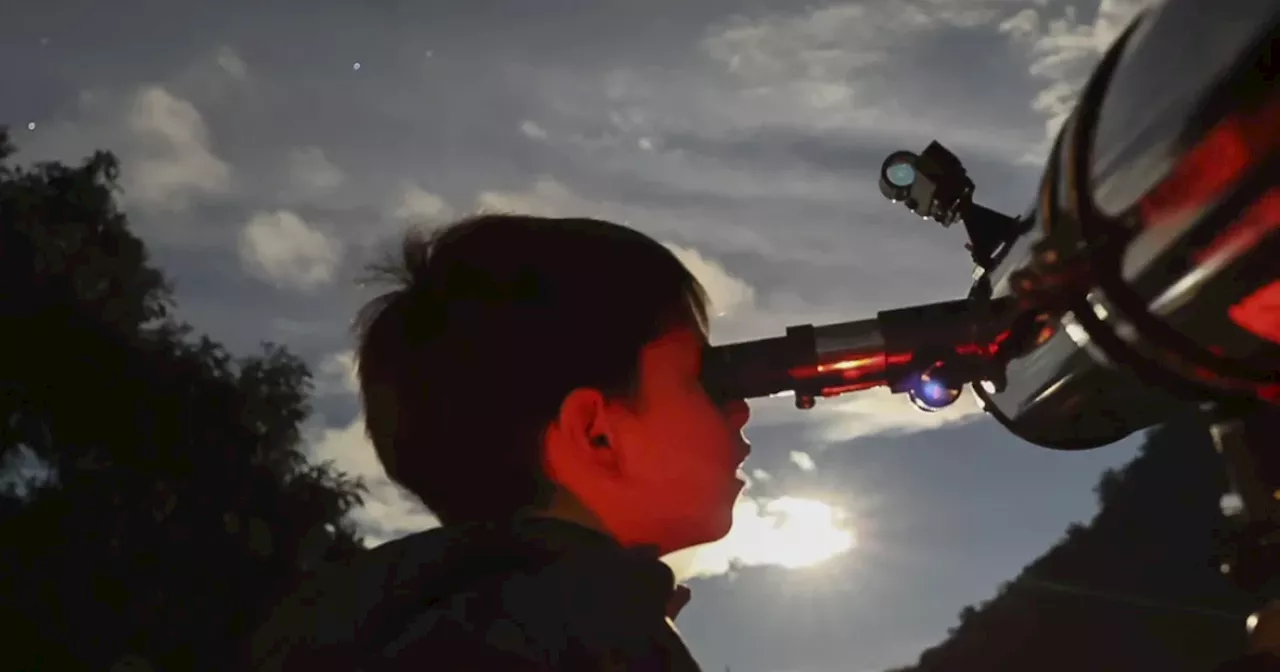 A planet parade of Venus, Saturn, Jupiter and Mars shines in the skies this monthAll month, Venus, Saturn, Jupiter and Mars will appear to line up and be bright enough to see with the naked eye in the first few hours after dark. This weekend, Venus and Saturn get especially cozy.
A planet parade of Venus, Saturn, Jupiter and Mars shines in the skies this monthAll month, Venus, Saturn, Jupiter and Mars will appear to line up and be bright enough to see with the naked eye in the first few hours after dark. This weekend, Venus and Saturn get especially cozy.
Read more »
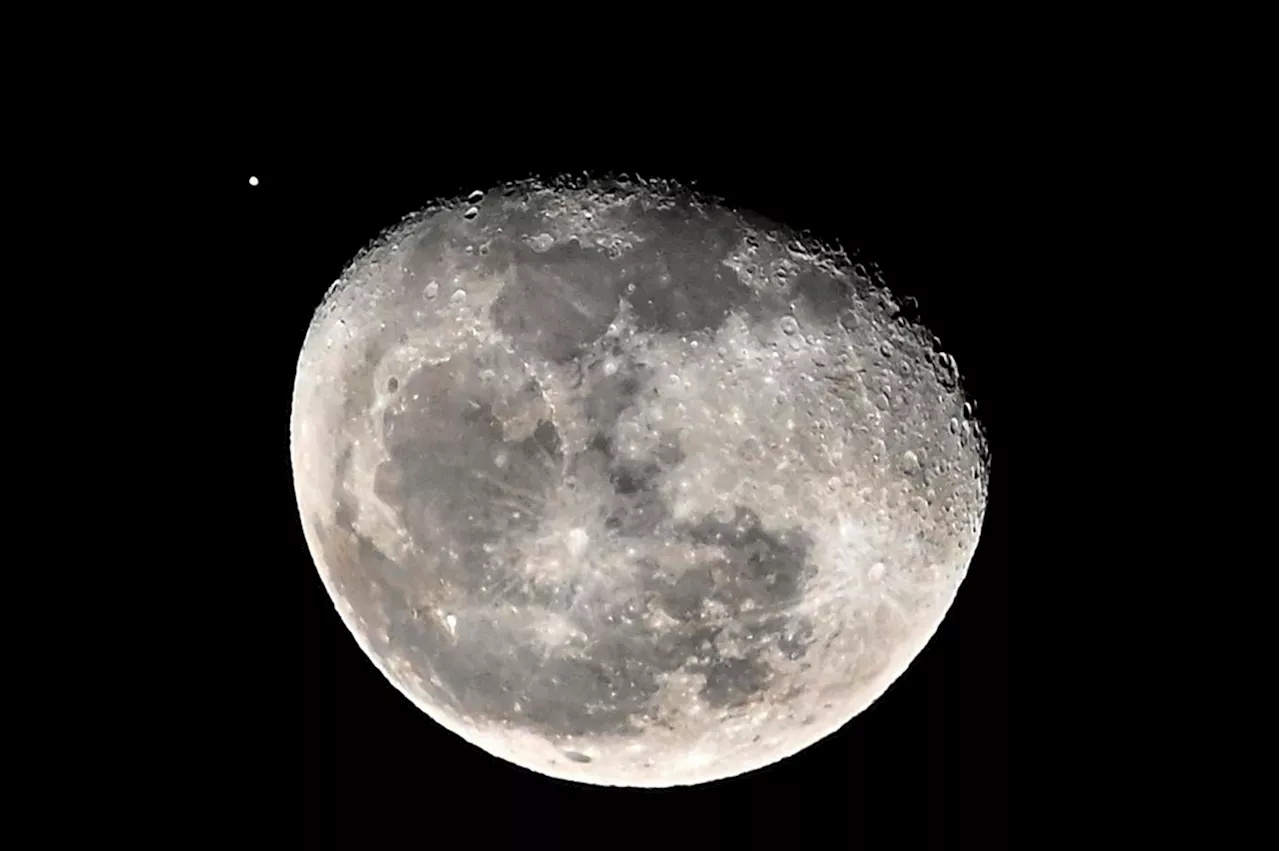 Wolf Moon to Eclipse Mars, Venus and Saturn to ConjoinThis week features several celestial events, including a full 'Wolf Moon' occulting Mars, Mars at its brightest for over two years, and a close conjunction of Venus and Saturn.
Wolf Moon to Eclipse Mars, Venus and Saturn to ConjoinThis week features several celestial events, including a full 'Wolf Moon' occulting Mars, Mars at its brightest for over two years, and a close conjunction of Venus and Saturn.
Read more »
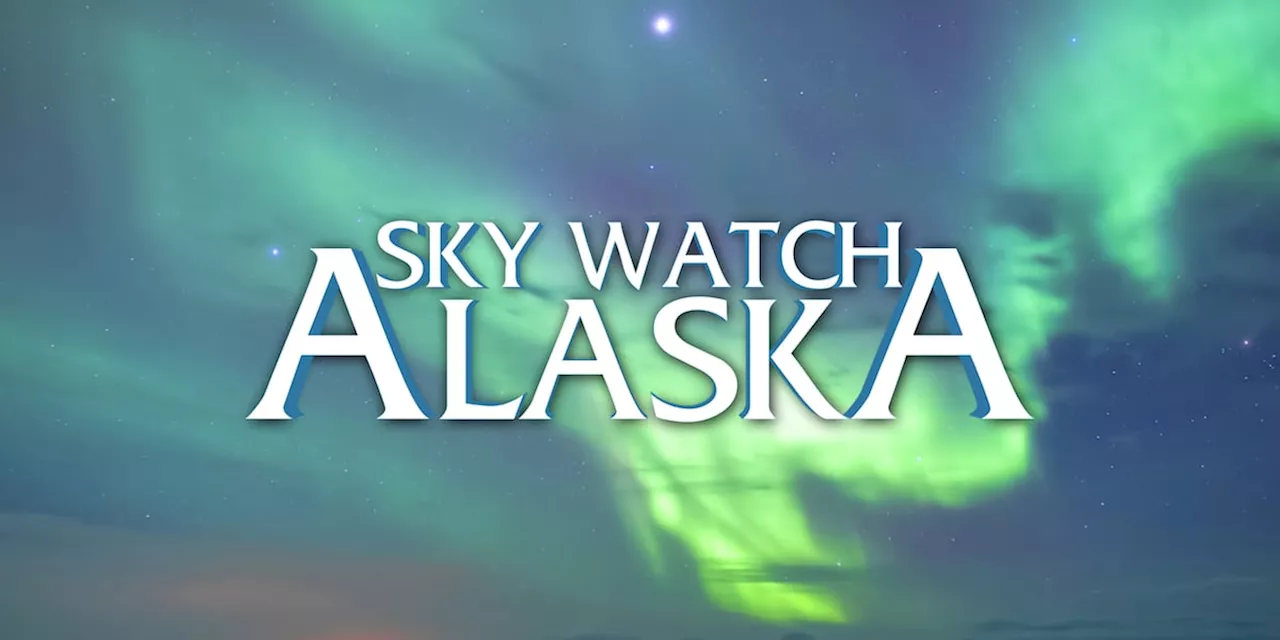 Stargazers Rejoice! Four Planets Visible in Alaska's Night SkyThis is an excellent time for stargazing in Alaska. After sunset, look towards the southwest to see Saturn and Venus shining brightly. Before 9:40 p.m., you can spot four planets with the naked eye: Saturn, Venus, Jupiter, and Mars. Jupiter and Mars remain visible through the morning, with Mars especially close to the moon. The Aurora forecast is weak for the next few weeks.
Stargazers Rejoice! Four Planets Visible in Alaska's Night SkyThis is an excellent time for stargazing in Alaska. After sunset, look towards the southwest to see Saturn and Venus shining brightly. Before 9:40 p.m., you can spot four planets with the naked eye: Saturn, Venus, Jupiter, and Mars. Jupiter and Mars remain visible through the morning, with Mars especially close to the moon. The Aurora forecast is weak for the next few weeks.
Read more »
 Four Planets Align for Stunning Celestial ParadeThroughout October, Venus, Saturn, Jupiter, and Mars will create a visible planetary alignment in the night sky. This weekend, Venus and Saturn will appear especially close. Mars is also at opposition, its closest point to Earth, making it appear brighter.
Four Planets Align for Stunning Celestial ParadeThroughout October, Venus, Saturn, Jupiter, and Mars will create a visible planetary alignment in the night sky. This weekend, Venus and Saturn will appear especially close. Mars is also at opposition, its closest point to Earth, making it appear brighter.
Read more »
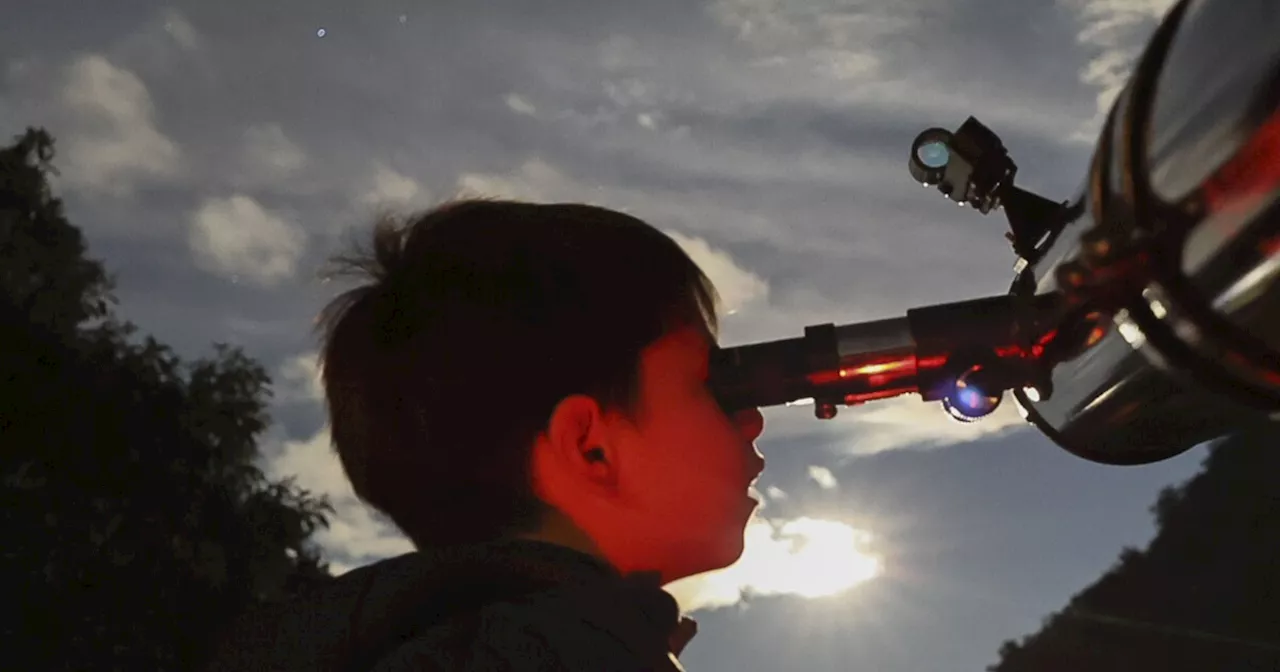 Planets Align for Spectacular Celestial DisplayOver the next few weeks, an incredible lineup of planets—Venus, Saturn, Jupiter, and Mars—will be visible in the night sky. This celestial spectacle will offer both amateur and experienced stargazers a chance to witness a rare planetary alignment. The highlight will be Venus and Saturn appearing incredibly close together on Friday and Saturday, while Mars will shine brightly at opposition, making it appear larger and more vibrant.
Planets Align for Spectacular Celestial DisplayOver the next few weeks, an incredible lineup of planets—Venus, Saturn, Jupiter, and Mars—will be visible in the night sky. This celestial spectacle will offer both amateur and experienced stargazers a chance to witness a rare planetary alignment. The highlight will be Venus and Saturn appearing incredibly close together on Friday and Saturday, while Mars will shine brightly at opposition, making it appear larger and more vibrant.
Read more »
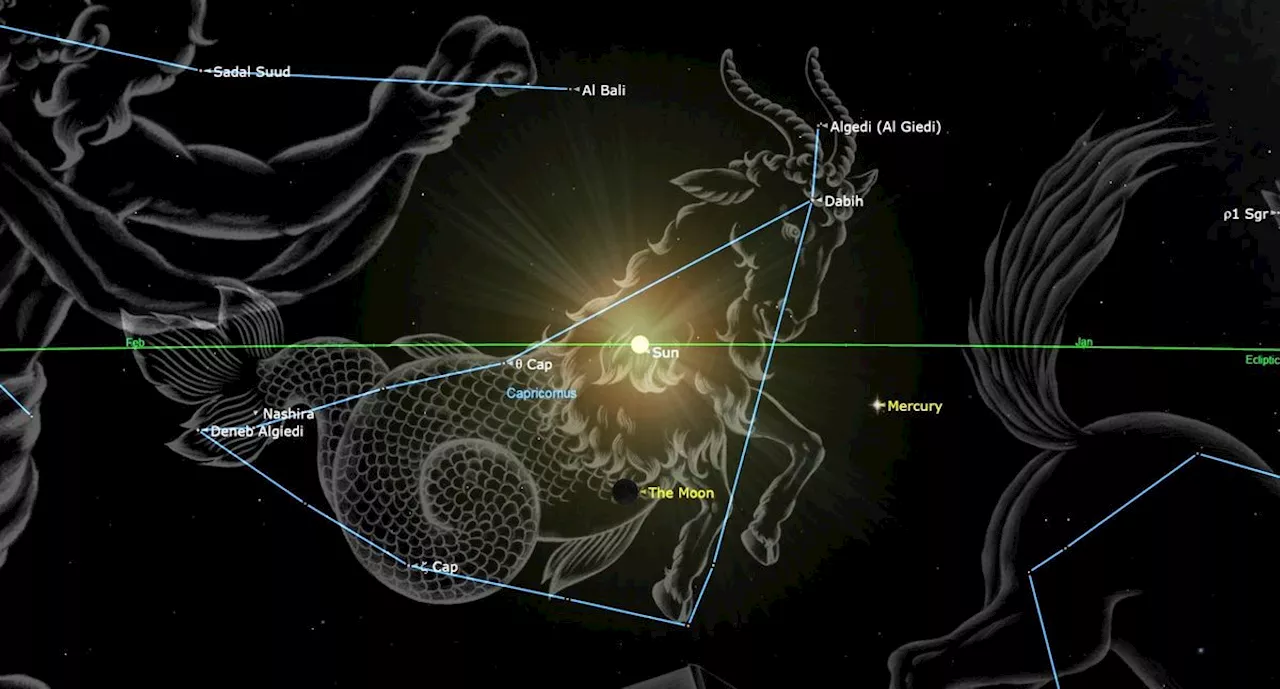 January new moon 2025: The young moon visits Venus and SaturnJesse Emspak is a freelance journalist who has contributed to several publications, including Space.com, Scientific American, New Scientist, Smithsonian.com and Undark. He focuses on physics and cool technologies but has been known to write about the odder stories of human health and science as it relates to culture.
January new moon 2025: The young moon visits Venus and SaturnJesse Emspak is a freelance journalist who has contributed to several publications, including Space.com, Scientific American, New Scientist, Smithsonian.com and Undark. He focuses on physics and cool technologies but has been known to write about the odder stories of human health and science as it relates to culture.
Read more »
